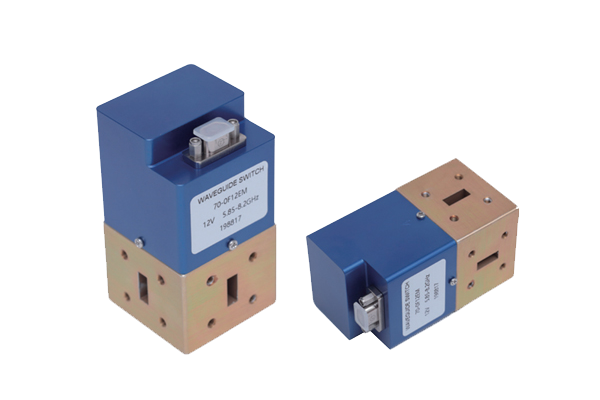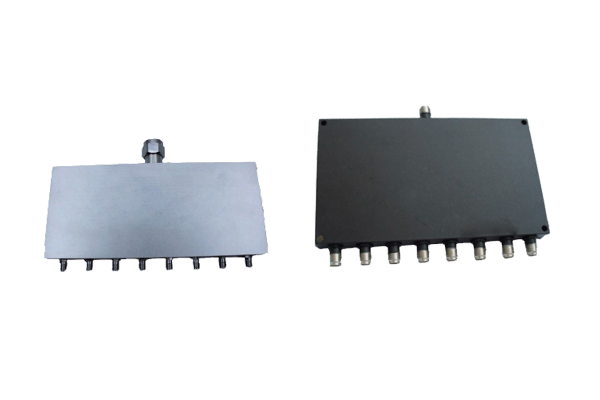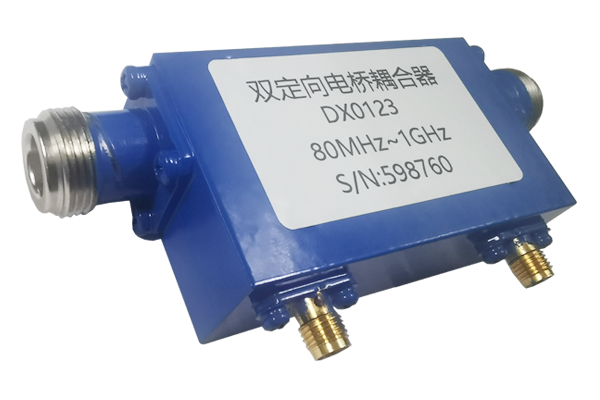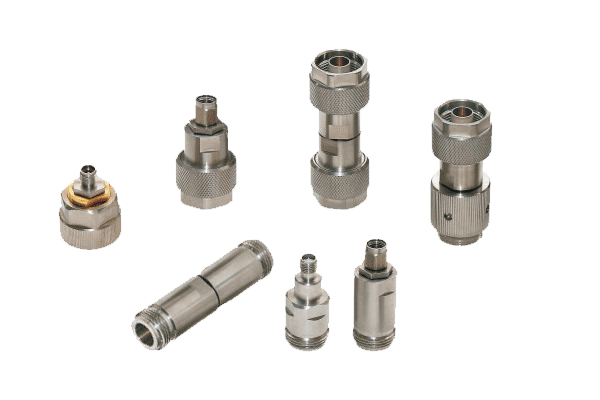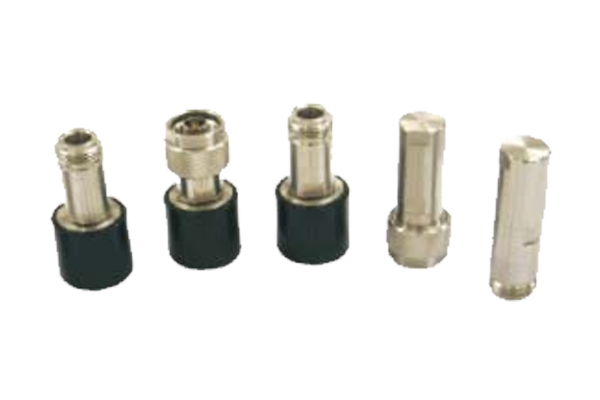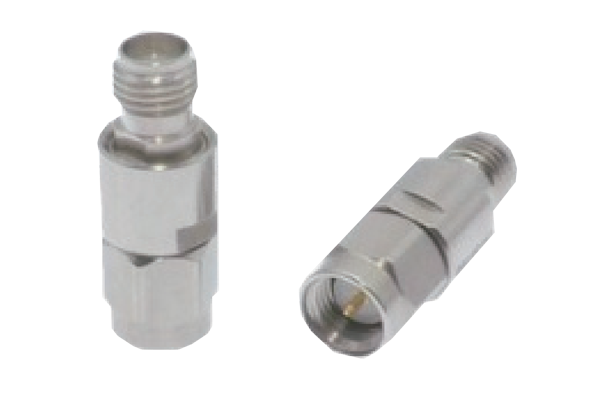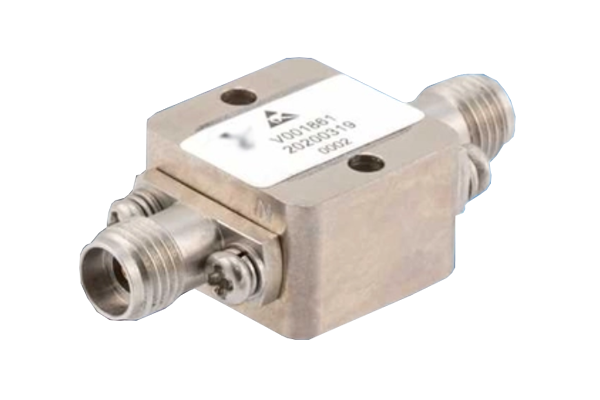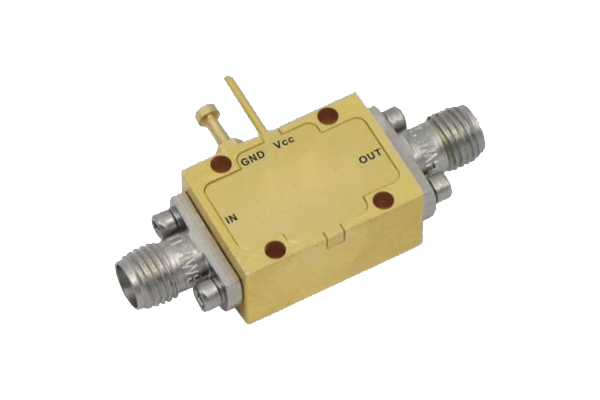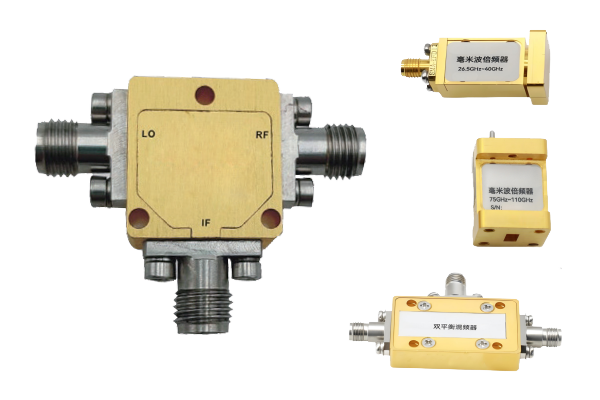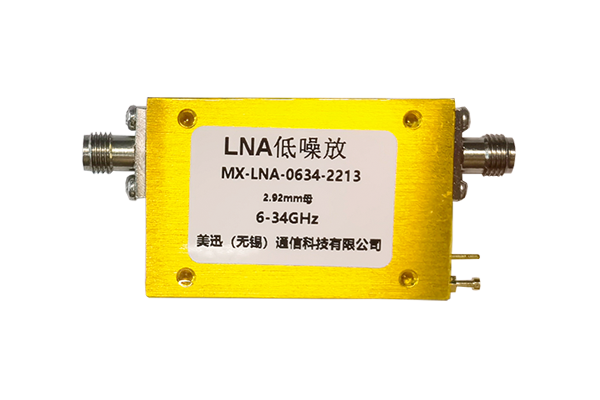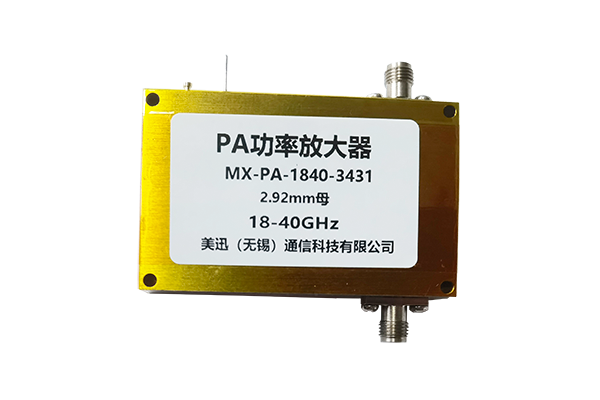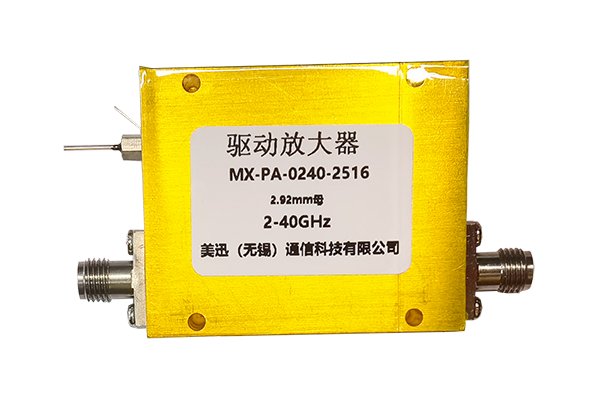How to Optimize Port Isolation on an RF Power Divider
RF Power Divider Technical Specifications
Structural Design
- Relying on sophisticated structural design, the internal transmission paths must be precisely laid out to ensure even signal distribution at branching nodes.
- By optimizing the length, width, and spacing of the transmission lines, the electrical characteristics of each branch path are consistent.
- Some designs utilize symmetrical structures to ensure equal resistance during branching, laying the foundation for high-precision power distribution.
Core Components
- High-performance core components selected with stable electrical conductivity to minimize signal transmission loss variations.
- Port connectors utilize precision machining to ensure impedance consistency at connection points.
- Dielectric materials with high temperature stability selected to prevent ambient temperature impact.
Impedance Matching
- Accuracy enhanced through impedance matching technology at each port and branch node.
- Matching network parameters precisely calculated to ensure consistent input impedance.
- Reduces power loss and distribution deviation caused by impedance mismatch.
Calibration Mechanisms
- High-precision dividers feature built-in calibration circuitry for adjustment.
- Output power measured with specialized instruments during production for parameter compensation.
- Regular calibration performed to correct performance drift from long-term use.
Environmental Control
- Placed in electromagnetically shielded environments to reduce interference.
- Heat dissipation measures implemented to maintain stable operating temperature.
- Stable power supply system ensures reliable signal source for high-precision distribution.




